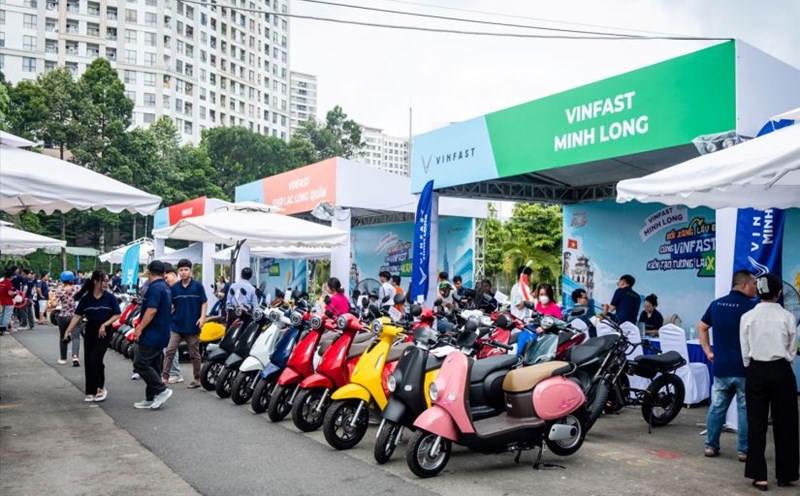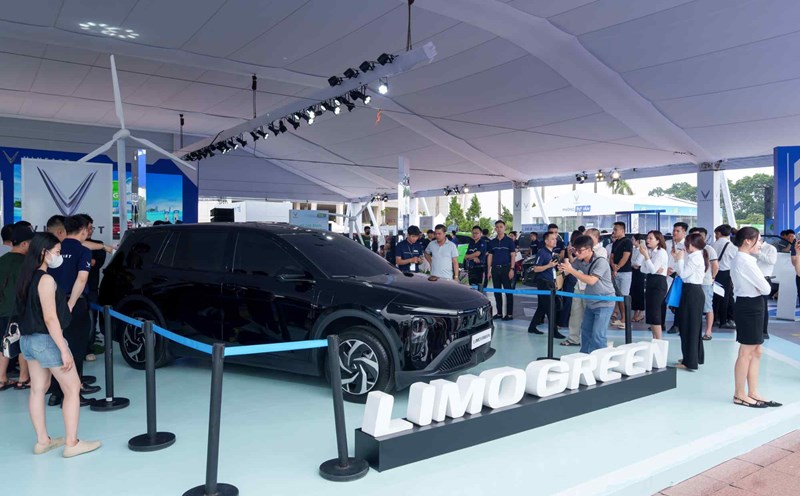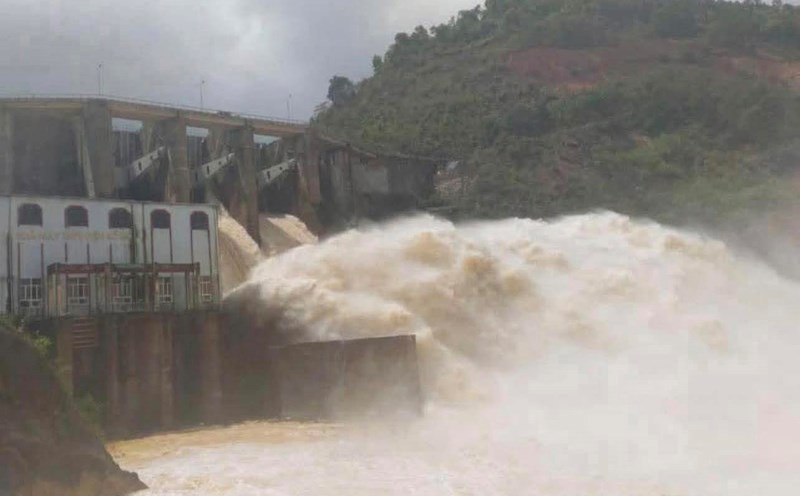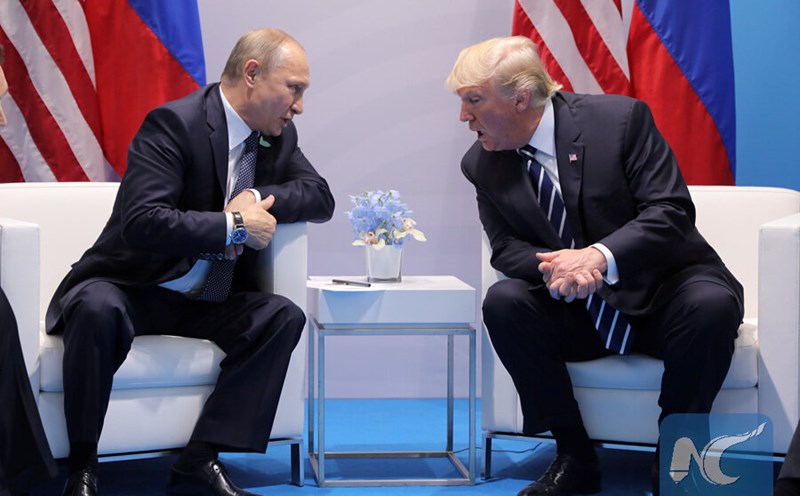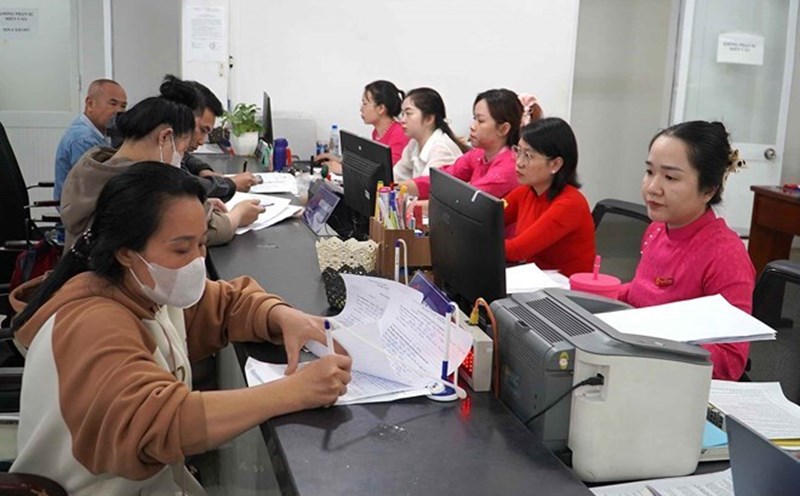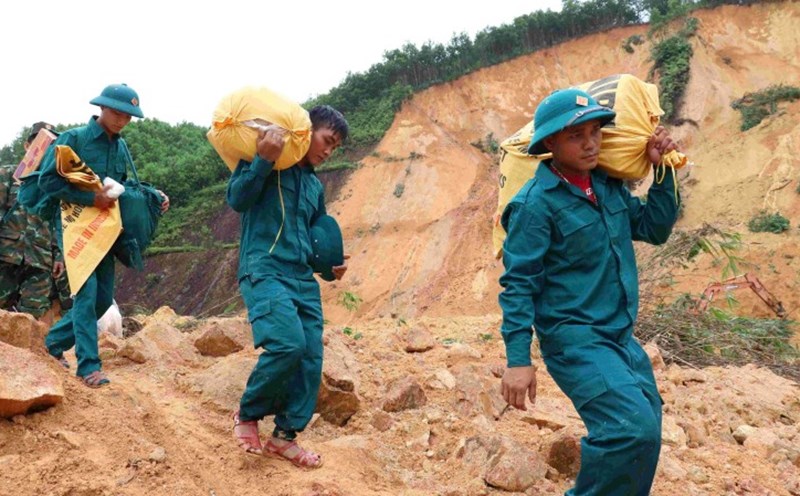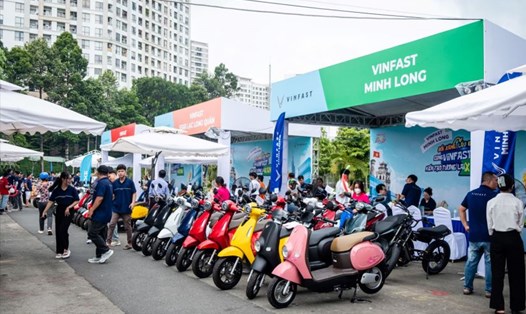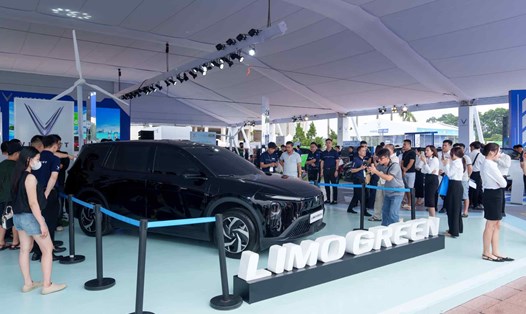Ho Chi Minh City pioneers in clean energy conversion
Ho Chi Minh City is showing its pioneering role in the process of converting means of transport to clean energy. With more than 14,000 technology motorbikes replaced by electric vehicles and 68% of the total of more than 21,300 active taxis have switched to electricity, the city has become the locality with the fastest traffic greening rate in the country.
These figures not only demonstrate the determination of the government and businesses, but also reflect the strong movement from the grassroots in the effort towards the goal of net zero emissions by 2050.
Experts predict that if the supporting policy system is maintained stably, the growth rate of the Vietnamese electric vehicle market can exceed 40% per year in the period of 2023-2030. Three key factors are identified including charging infrastructure, tax incentives and investment incentives. In the context of many countries accelerating energy transition, this is the time for Vietnam to take advantage of opportunities to develop a green industry, reducing dependence on fossil fuels.
At the seminar on the development of green works and green transport organized by the Ministry of Construction, Mr. Le Trung Thanh, Director of the Department of Science, Technology, Environment and Construction Materials, said that Vietnam's legal system and policies in this field have been formed quite fully. However, there are still many barriers that make the conversion not as expected.
According to Mr. Thanh, the new propaganda work is concentrated in large cities, while other localities are still limited. Businesses and investors have difficulty accessing green credit sources, lack of specialized human resources and financial incentives that are not strong enough to create attraction.
From that reality, he proposed to continue to improve a unified and transparent legal system; build preferential credit and financial policies for green projects; promote training of high-quality human resources and enhance communication to raise public awareness.
Developing green projects and green transportation is both an opportunity and a responsibility of the whole society, towards green growth and sustainable development to ensure national energy security, Mr. Thanh emphasized.
Spreading greening of traffic and works nationwide
From a strategic perspective, Mr. Le Van Dat, Deputy Director of the Academy of Strategy and Training for Construction Officials - said that transportation is currently one of the largest sectors consuming fossil energy and the second largest emitting sector after industry. In the period of 2014-2023, road transport accounts for more than 85% of the volume of passenger and cargo transportation, consuming up to 95% of energy from fossil fuels, emitting about 45.8 million tons of CO2 equivalent to each year.
According to the proposal for NDC 3.0 (Third National Self-D regulation contribution - a collection of national climate commitments aimed at reducing greenhouse gas emissions and adapting to climate change), by 2030, the road sector must promote the use of biofuel and electricity to gradually replace traditional fuels. With railways, electricity has been put into use in urban routes from 2019-2025 and hydrogen will be applied from 2040. By 2050, the ratio of locomotives using diesel, electricity and hydrogen is expected to reach 40%, 10% and 50% respectively. For inland waterways, electricity and hydrogen will be used from 2035; and aviation will use sustainable aviation fuel (SAF) with a market share of about 10% by 2035.
Deputy Minister of Construction Nguyen Van Sinh emphasized that clear changes have been shown in the two years 2024-2025. By the end of the third quarter of 2025, the country will have 183,240 electric cars and 974 electric buses in circulation. Of which, Hanoi has 38,445 electric cars and 317 electric buses, Ho Chi Minh City has 38,444 electric cars and 507 electric buses. Localities such as Da Nang, Hai Phong, Thanh Hoa, Khanh Hoa... are also recording significant growth.
These results show that greening traffic and works is not only a strategic orientation but has become a specific action in each locality, business, and people. From the conversion of taxis and technology vehicles, Vietnam is forming a green ecosystem in transportation and urban areas.
When this process is expanded with synchronous policies, infrastructure investment and green credit being consolidated, Vietnam can completely become one of the leading countries in the region in developing green transportation.

